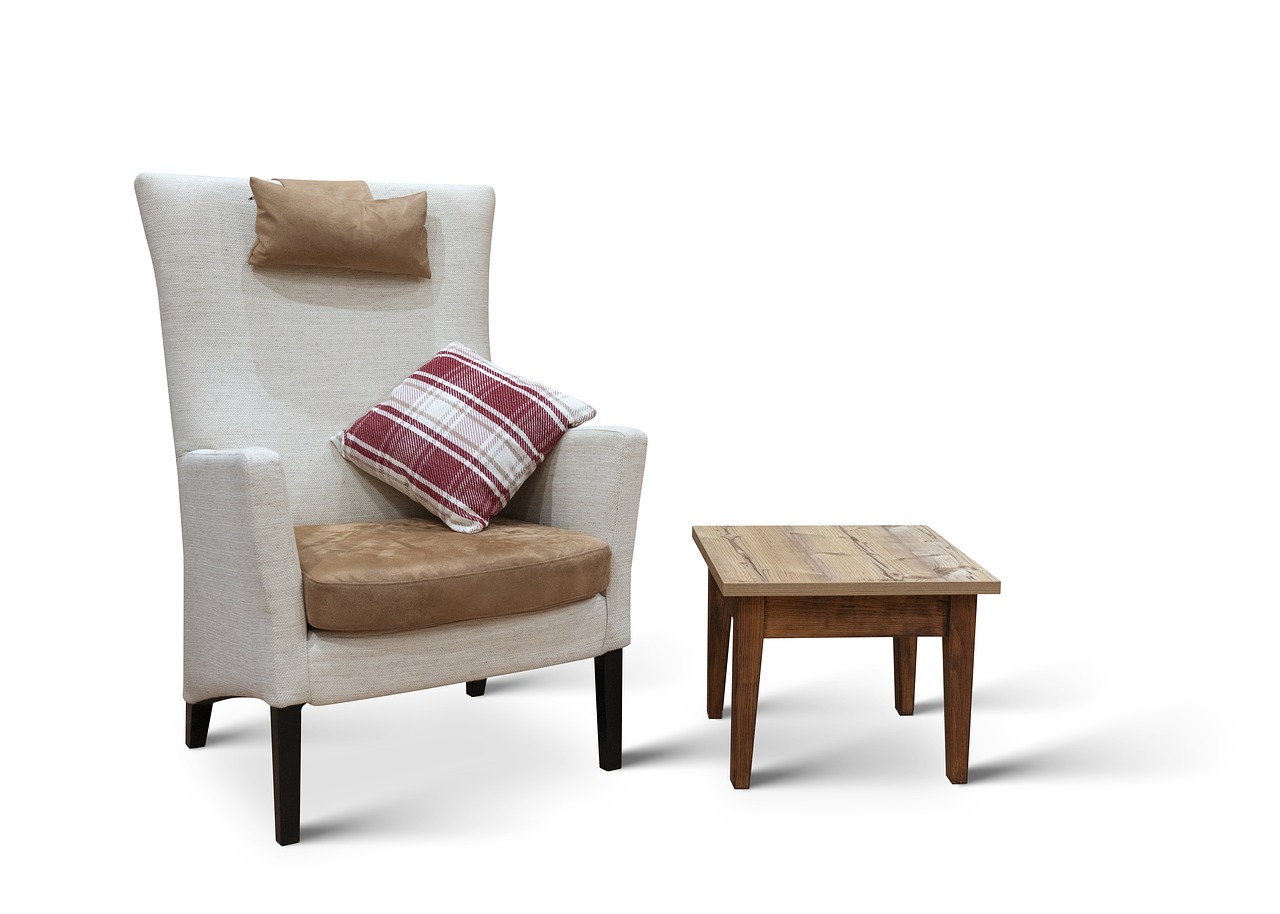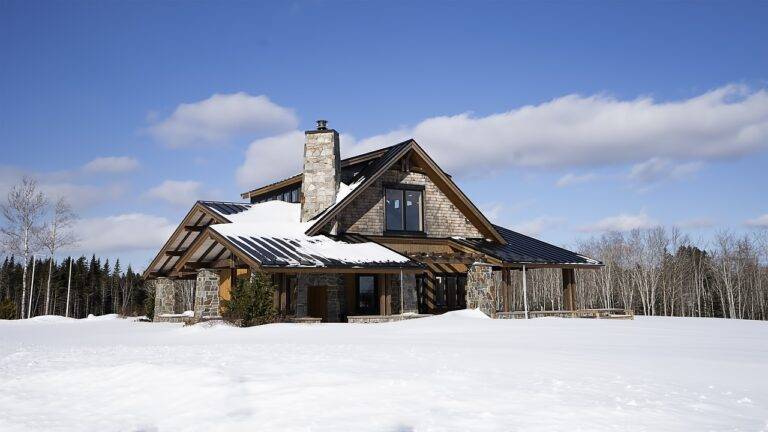Sustainable Roofing Options for Eco-Friendly Homes: From Green Roofs to Recycled Materials
Green roofing, also known as living roofs, is a sustainable roofing solution that offers a multitude of benefits. By incorporating vegetation into the roof structure, living roofs provide insulation, reduce stormwater runoff, and improve air quality. These green spaces not only enhance the aesthetic appeal of buildings but also create a habitat for birds, insects, and other wildlife in urban environments.
One of the key advantages of green roofing is its ability to regulate temperature fluctuations in buildings. By absorbing and reflecting sunlight, living roofs help to maintain a more stable indoor temperature throughout the year. This natural cooling effect can reduce the need for mechanical cooling systems, leading to lower energy consumption and cost savings for building owners. Green roofing is a forward-thinking solution that promotes environmental sustainability while providing tangible benefits for both building occupants and the broader community.
Solar Panels: Harnessing the Power of the Sun for Energy-Efficient Homes
Solar panels have become an increasingly popular choice for homeowners looking to reduce their carbon footprint and lower energy bills. By converting sunlight into electricity, solar panels provide a renewable and sustainable energy source that can power homes and businesses. This shift towards solar energy not only helps the environment but also offers long-term financial benefits to users.
Energy-efficient homes equipped with solar panels have the advantage of generating their electricity, thereby reducing dependence on traditional energy sources. This independence offers homeowners greater control over their energy consumption and costs, as well as protection against fluctuations in energy prices. Additionally, the installation of solar panels can increase the resale value of a property, making it an attractive investment for environmentally conscious buyers.
Cool Roofs: Reflective Surfaces for Reduced Energy Consumption
Cool roofs are designed to reflect sunlight and heat away from buildings, reducing the amount of heat absorbed and thus lowering the need for air conditioning. By utilizing reflective surfaces such as light-colored paints or materials like tiles and single-ply membranes, cool roofs help to maintain cooler indoor temperatures, especially during hot summer months.
The energy efficiency provided by cool roofs not only helps to reduce electricity bills for homeowners and businesses but also contributes to lowering overall energy consumption and greenhouse gas emissions. Additionally, cool roofs can extend the lifespan of the roof by reducing thermal shock and UV exposure, making them a sustainable and cost-effective option for environmentally conscious individuals and organizations.





